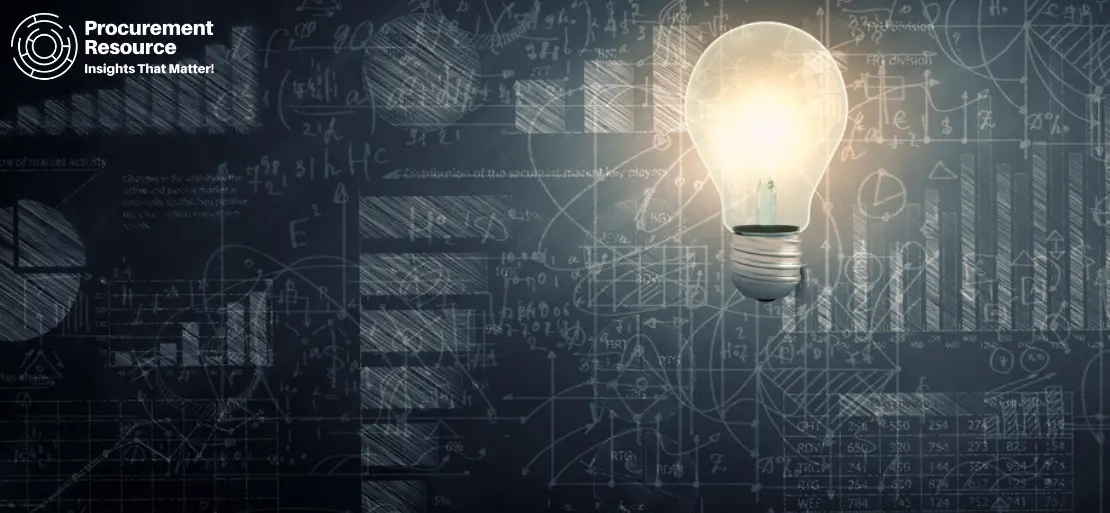Reformulating Germany’s Energy Market

As the world is accelerating towards sustainable development goals, Germany, which is Europe’s largest economy, is seeking to blaze a trail in the renewable energy industry. Germany is a country that is home to one of the world’s most liberalised electricity sectors. The cost of getting rid of fossil fuels and nuclear power has financially hindered the utilities at a time when deep-pocketed Tesla, an American-based electric car manufacturer, appears to be involved in the scenario.
ELIGIBILITY TO ENTER THE MARKET
Any new player who wants to enter the market must guarantee a stable supply of energy for end customers that also meets the operational conditions and notifies the regulator. These bars have been set by Germany’s Bundesnetzagentur, which is the country’s energy regulator. The new firms are eligible to enter the market only if these conditions are fulfilled. According to Barbara Lempp, the Managing Director of EFET, in order to trade wholesale energy, licenses, and hardware can be acquired.
STATUS OF RENEWABLE ENERGY IN THE COUNTRY
Presently, Germany has 218 gigawatts of installed generation capacity, of which 53% comes from renewable sources. If weather-driven, the yield from these assets generates 40% to 60% of the power output for over 12 months. For private customers, there is a choice from among 1,350 suppliers.
TRADING OF THE ELECTRICITY
Within the region, wholesale trading of electricity is carried out either over-the-counter or through exchanges like the EEX bourse by professionals. For fossil fuel power, the prices may fluctuate, subject to the free market, and fixed feed in tariffs for green power operation. So, for that, there is a two-tier system for those fluctuating prices. Currently, the system is shifting rapidly away from subsidies, as 20-year payment guarantees start expiring from 2021 for thousands of installations.
HEFTY AND SMALL PLAYERS OF GERMANY
The biggest energy generator of Germany, RWE, is all set to speed-up its renewable projects and it is foreseen that the company will build businesses in Europe and North America.
E.ON is into an ambiguous situation as it retains some nuclear generation assets and also has 40% share in regulated German power distribution after it swapped renewable production with RWE in return for a grid and services firm, Innogy, which focuses on storage, electro-mobility and energy efficiency. Because of this deal, it can earn profits from 55 million customer accounts in Europe.
FINAL CALL FROM GERMANY?
Following the Fukushima nuclear disaster in Japan that took place in 2011, Germany has decided to speed-up and execute the already planned exit from nuclear power. The country will close all its reactors by 2022. The move of Germany is appreciated by many countries. Germany has scheduled to withdraw from coal burning in order to achieve the target of procuring 65% of power from renewable assets by 2030. The majority of voters are in favour of both the schemes.
MEGA TRENDS
Production is likely to become 80% green till 2050, and gas transport grids will be driven by green hydrogen, made from renewable power via hydrolysis. This is done specially for consumers in order to free themselves from gas and oil for transport, heating, and industrial processes. Steelmakers Thyssenkrupp and Salzgitter are among those firms which are making plans to reduce their massive emissions.
LOOPHOLES
The renewable roll-out is stalling because of the scepticism of the investors as they largely depend on the weather patterns and on political support. Therefore, they expect lucrative returns on the new green assets.
Opposition by residents and red tape seems to be an obstacle as due to this resistance, the network expansion, which aimed at ensuring an unhindered distribution of green power, has fallen far behind schedule.
CHALLENGES FOR THE NEW MARKET ENTRANTS
The entry of any kind in the market is always a risk for the newcomers. One of the risks is the immobility of assets caused by poor IT and lack of grid space. The second risk for the newcomers will be the lack of customers’ trust. It might be difficult for customers to switch to new products or brands. Also, the established players would not give up their shares in the market without a fight, making it difficult for the new entrants to sustain in the market.



